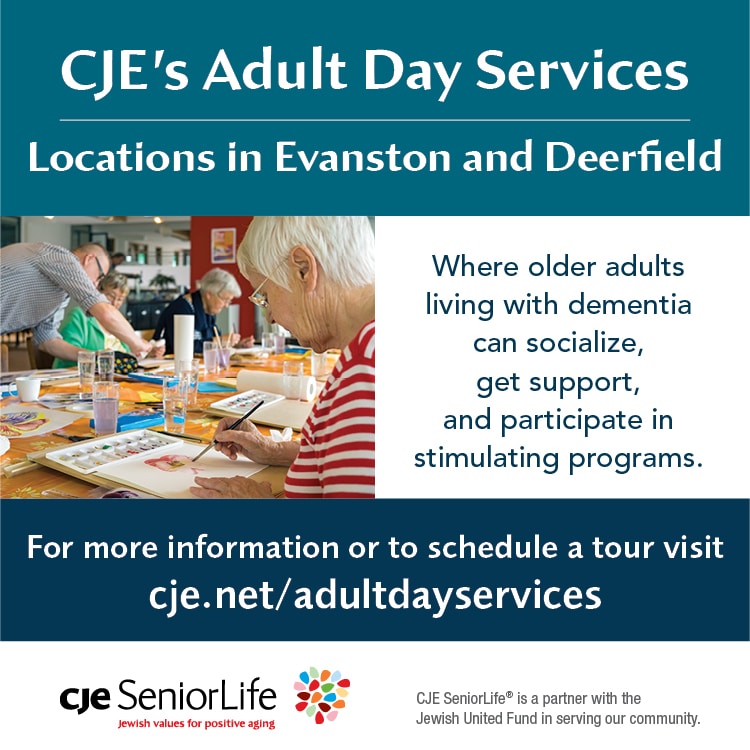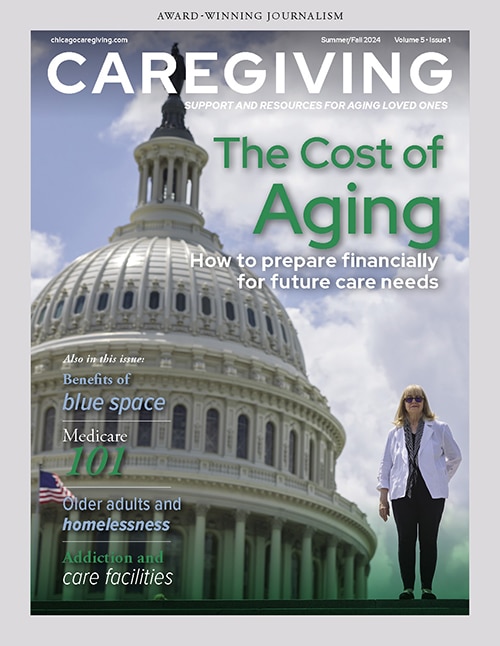Changing the way older adults access healthcare
Above: At Northwestern Medicine, Anne Seltzer, social worker with the division of geriatrics, and geriatrician Sara Bradley, MD, work with patient Kareemeh Simon and her daughter, Mary. Courtesy of Northwestern Medicine. Photo by Laura Brown
You know them as parents. Neighbors. The cashier at your local supermarket. Maybe even the usher at your favorite theater.
They’re seniors, and some struggle with several chronic health conditions. Yet, specialized healthcare for seniors languishes, and our senior population is vastly underserved. There are 46.2 million seniors in the U.S., representing about 1 in 7 Americans, according to the Administration on Aging. And though there are many geriatric citizens, there are few geriatricians—doctors specifically trained to address the health needs of the elderly.
Currently there are only 7,500 certified geriatricians in the U.S., according to the American Geriatrics Society. Our nation’s senior population is on the rise. It’s estimated that we’ll need 30,000 geriatricians to care for the country’s burgeoning senior population by 2030.
Few medical school graduates pursue geriatrics, partly because of lower Medicare reimbursements. But the need is still there, and it’s growing. As of 2013, seniors accounted for 26 percent of physician visits, 35 percent of hospital stays and 38 percent of all emergency medical responses.
However, some medical practices are changing the way seniors access care—in philosophy as well as services.
Specializing in geriatrics
With fewer medical students opting to pursue geriatric medicine, Sara Bradley, MD, has built her medical career outside the norm. For the past 11 years, she has dedicated her practice to geriatrics and senior care, joining the geriatrics group at Northwestern Medicine in 2016.
In addition to handling the complex health challenges facing seniors, Bradley values her daily interactions with her senior patients. “I really enjoy talking with patients who have led full and interesting lives and hearing about their experiences,” Bradley says.
She also enjoys having the luxury of being able to spend more time with patients, with generous visits in comparison to other specialties. Geriatricians in the Northwestern group spend from 30 to 60 minutes with each patient, which gives them a much fuller picture of a patient’s lifestyle and health needs, she says.
Geriatricians are skilled at treating elderly patients who may be managing several chronic conditions at the same time. They also pay attention to a senior’s cognitive and functional abilities.
At Northwestern, geriatricians work in partnership with a patient’s primary care physician. This partnership approach gives patients the dual benefit of working with those who are trained in specialty care for seniors while strengthening their relationship with their existing primary care physician. “We evaluate patients and make recommendations to their primary care doctors who will continue to follow the patient,” Bradley explains.
Creating community
Another medical group in Chicago is transforming the way that seniors receive care. Oak Street Health is a mere three years old, but it has already opened 19 locations in the greater Chicago, Indianapolis, Rockford, Fort Wayne and Detroit areas. Oak Street Health clinics operate in medically underserved communities, where adults on Medicare are less likely to have consistent access to doctors.
“Our clinics are purposely located in areas where there is a lack of primary care,” says Griffin Myers, MD, founder and chief medical officer of Oak Street Health. “We are focused on meeting real need in healthcare deserts. We want to change healthcare for those who can’t get to doctors in their neighborhoods.”
Each Oak Street patient is assigned to a team of medical professionals. The staff can help coach patients through complex care-related issues, such as ensuring they are enrolled in the insurance coverage that best meets their medical needs, maximizing their insurance benefits and handling referrals and provider network issues. Plus, Oak Street provides complimentary transportation to and from its clinics for patients who need it.
But there’s something else about an Oak Street Health clinic: community.
Every clinic has a community center open to the public, not just patients. Oak Street encourages community members to come in and ask questions about Medicare enrollment and their health and also attend any of the scheduled events.
Myers is especially proud to talk about how Oak Street Health’s model—connecting patients with consistent care in their communities—impacts patient health. “We saw a 40 percent reduction in hospitalizations for Oak Street Health patients compared to their neighbors, and 9 out of 10 patients recommend us to their friends and family,” he says. “We are doing something right.”
As their years advance, steps slow and health needs become more complex, seniors are deserving of healthcare that celebrates their quality of life. As access to care for seniors improves, we celebrate alongside them.












